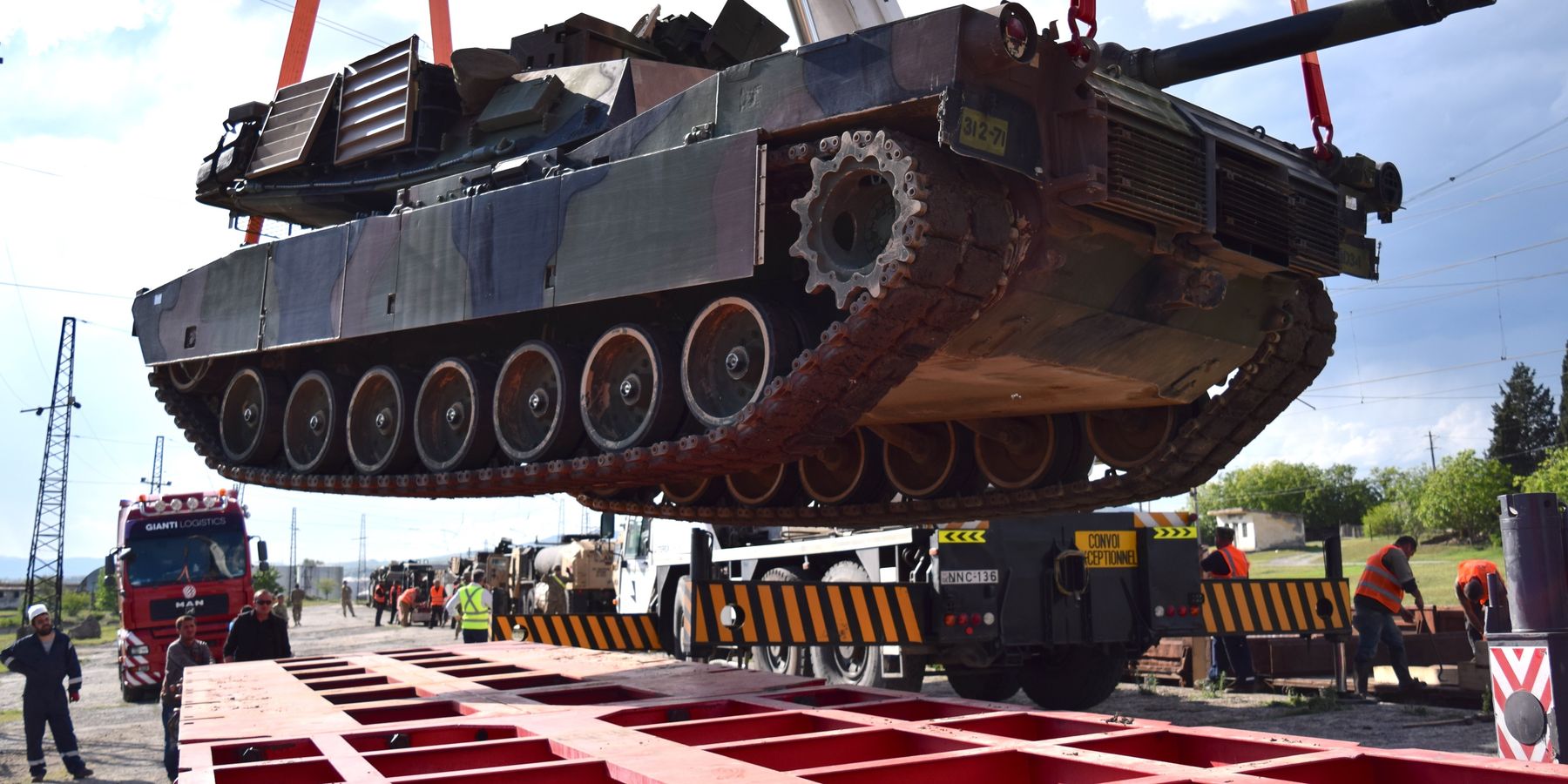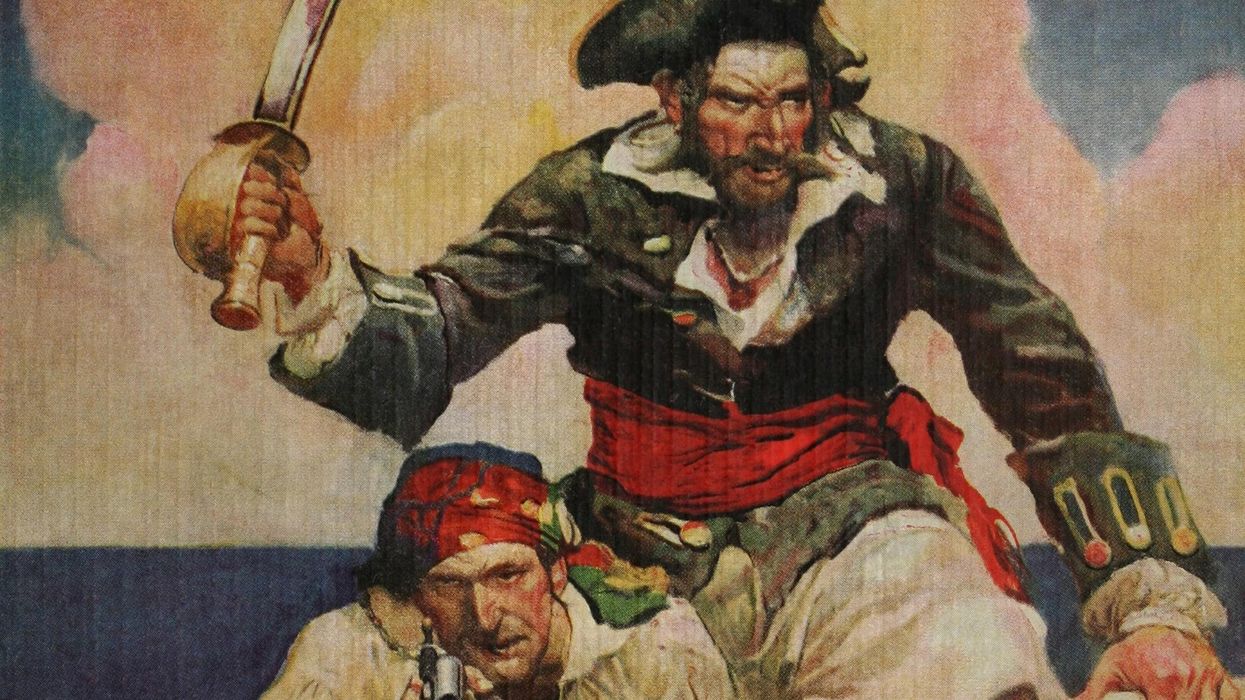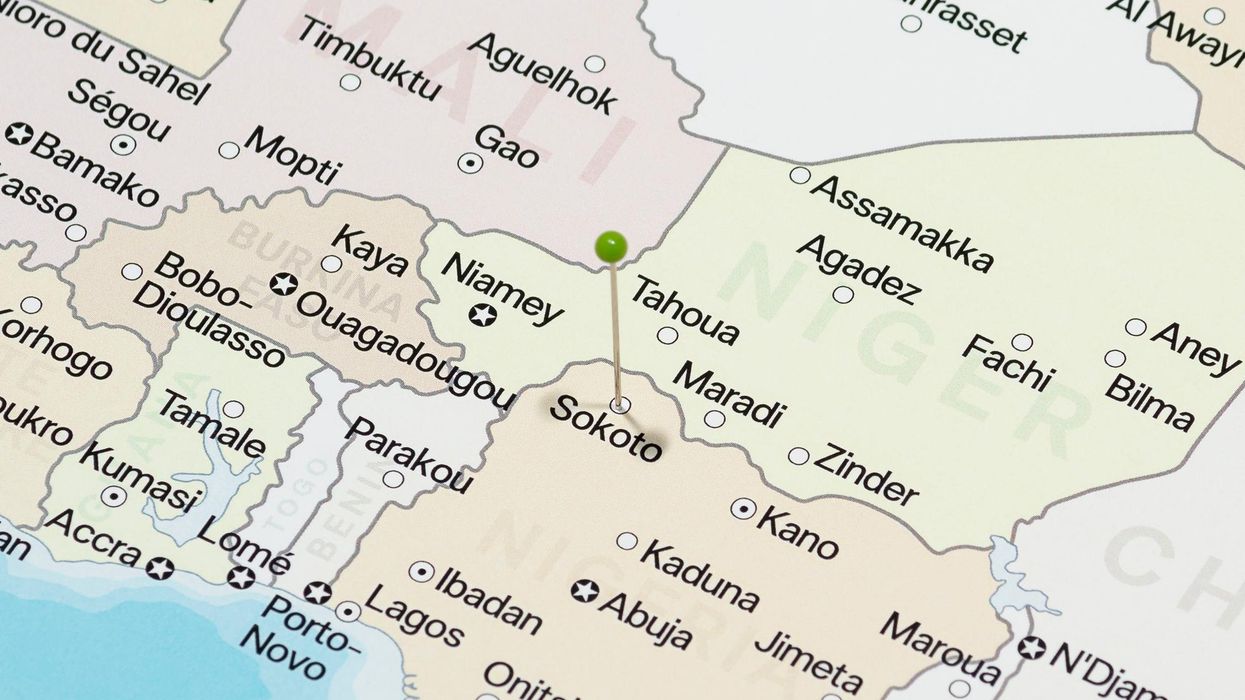With the stroke of a pen, Secretary of Defense Pete Hegseth has gutted the Pentagon’s weapon testing office.
His order is intended to “eliminate any non-statutory or redundant functions” by reducing the office to 30 civilian employees and 15 assigned military personnel. The order also terminates contractor support for the testing office.
The ostensible reason for the change is to save $300 million at a time when billions are being added to the defense budget.
But any potential savings in the short term will eventually be drastically eclipsed by the money wasted fielding faulty weapons. In fact, this move will end up endangering troops by sending them into combat with gear that has not been properly vetted.
The real problem with this move is simple: reducing the size of the testing office reduces its oversight capacity. The office of Director, Operational Test & Evaluation (DOT&E) maintains an oversight list of all the programs it monitors. The testing office currently has 272 programs in its portfolio including the latest model of the M1A1 Abrams, the B-21 bomber, and the Ford-class aircraft carrier. It will soon also include programs like the F-47, the Navy’s anticipated F/A-xx, plus whatever new systems Silicon Valley creates.
To put this into perspective consider this: to adequately monitor a program like the F-35, the testing office has a civilian action officer covering a slate of related programs. That individual can’t attend all the meetings or review the reams of data generated during the testing events. For support and analysis, DOT&E contracts other civilians with specific expertise. DOT&E works with federally funded research and development centers like the Institute for Defense Analysis, MITRE, Applied Research Associates, and Virginia Tech to provide the manpower to monitor testing events, attend planning meetings, analyze data, and write reports.
With reduced capacity, the testing office will, by necessity, have to rely more on the analysis provided by the military services and the defense industry. Neither are the intended neutral arbiters Congress needs to properly oversee the performance of the Pentagon’s new weapons.
Congress created the testing office in 1983 over the furious objections from both the defense industry and Pentagon leadership. At the time, a bipartisan core of lawmakers believed they were not being told the full truth about the performance of new weapons. They also had plenty of evidence that tests were being compromised. A constant flow of news articles detailing failed weapon tests appeared on the pages of the Washington Post and the New York Times about programs like the Sergeant York air defense gun and the Bradley Infantry Fighting Vehicle.
The saga of the latter has been immortalized in the book and film The Pentagon Wars.
The individual military services each have their own operational test agencies. The Air Force Operational Test & Evaluation Center, the Navy’s Operational Test & Evaluation Force, Marine Corps Test and Evaluation Activity office, and the Army Test and Evaluation Command conduct the operational test events. The role of DOT&E with its supporting personnel is to help design the tests, ensure they are conducted properly, and then independently analyze and report the results of them.
The entire purpose of operational testing is to determine whether a new weapon is both combat effective and suitable for use with the troops. It’s not good enough for a weapon to work in a controlled laboratory environment. It has to work in the hands of the troops who will operate it and in the conditions in which they fight.
An expert marksman testing a new rifle might be able to hit the bullseye every time on an indoor range. Such a result might lead some people to believe the rifle is effective. But if a soldier takes the same rifle into the field and it immediately jams due to the humidity swells the ammunition by a few microns, the weapon is neither effective or suitable.
It’s better to discover problems like that before the weapon goes into full production and certainly better than when the soldier is in a firefight.
The question of whose interests are really being served must be asked. The best interest of the men and women serving in the ranks is to make sure their weapons and equipment have been thoroughly evaluated before being placed in their hands. The American taxpayers have an interest to see that their hard-earned money isn’t buying weapons that don’t work.
Service leaders have a professional interest to see their pet projects move rapidly through the process. Many of them also have a financial interest because upon their retirement from the military, they take lucrative positions in the defense industry. The industry executives have an interest in making sure the government buys their wares. A testing report showing that a new weapon isn’t performing well threatens the future of a marquee product, hence the animosity towards the testing office.
But ultimately, the military won’t benefit from hollowing out the testing office. While the move may save a few dollars in the short term, the troops will end up paying the price when they end up fighting not only the enemy, but their own faulty gear.
- 'Flop': Proponents of the F-35 can't tell you that it works ›
- Military officials: 'Widowmaker' Osprey will fly with a faulty clutch ›
- The Stryker is a 'deathtrap' but you're paying for it anyway ›
















